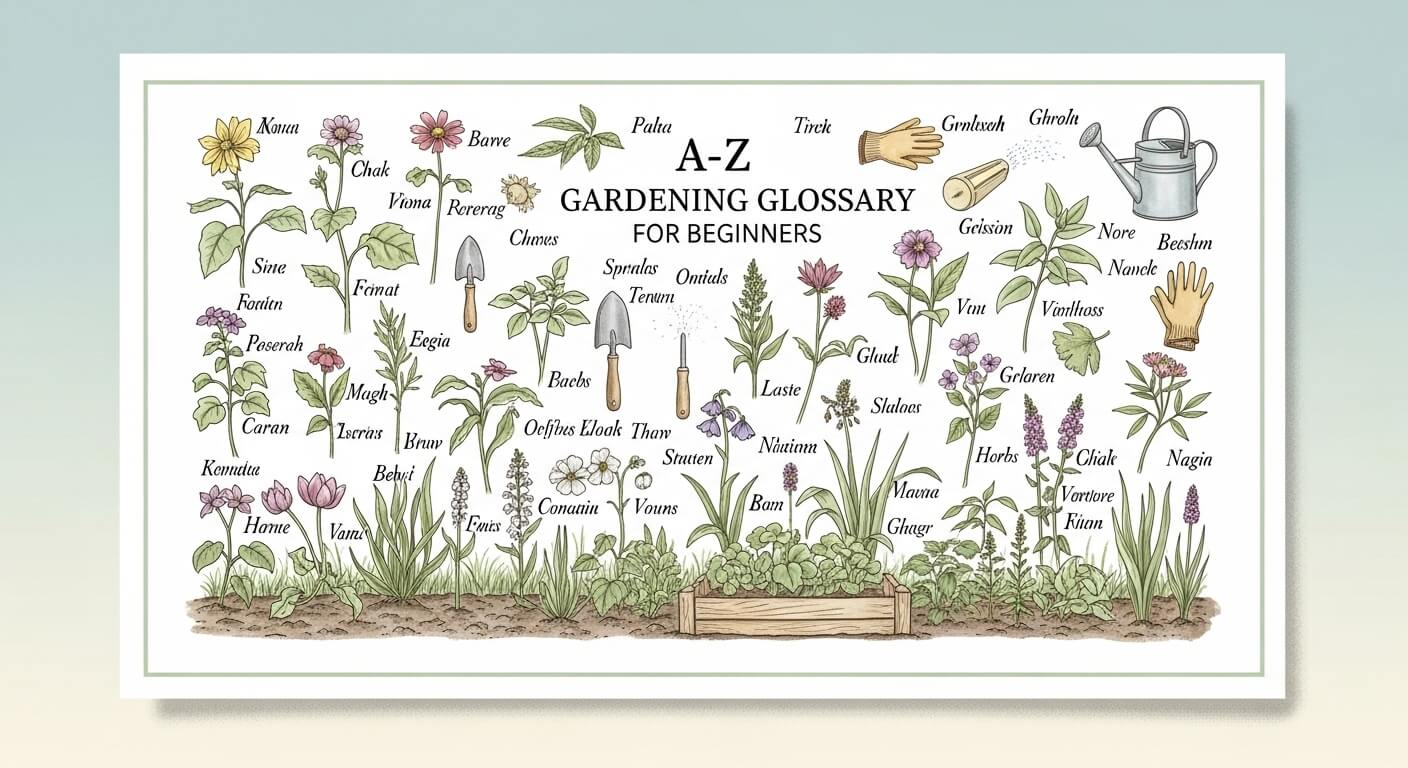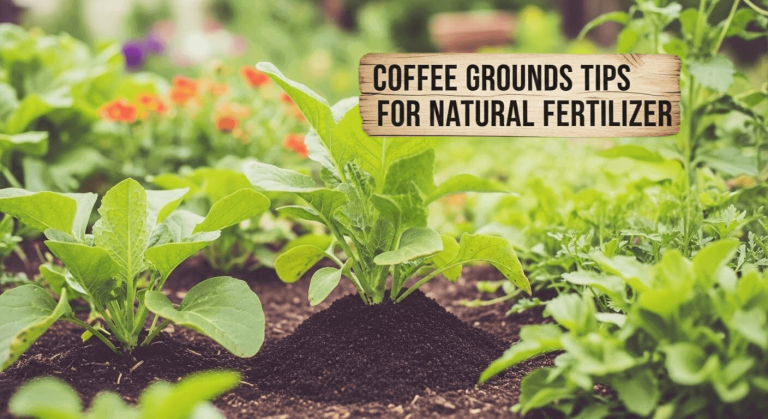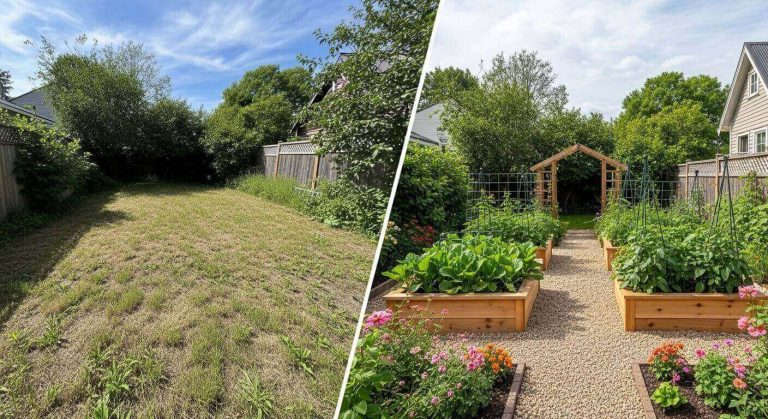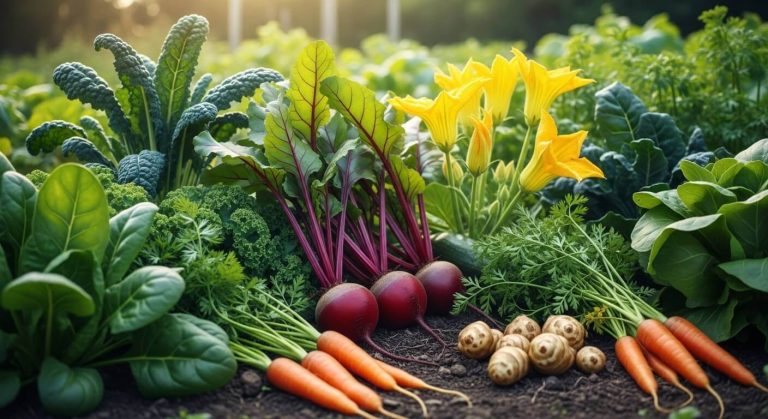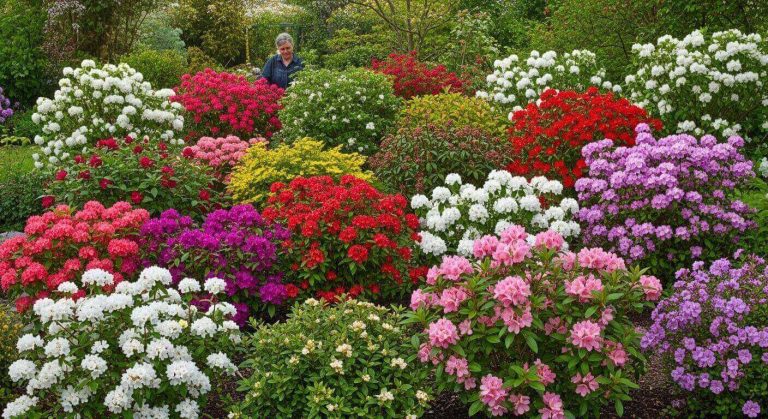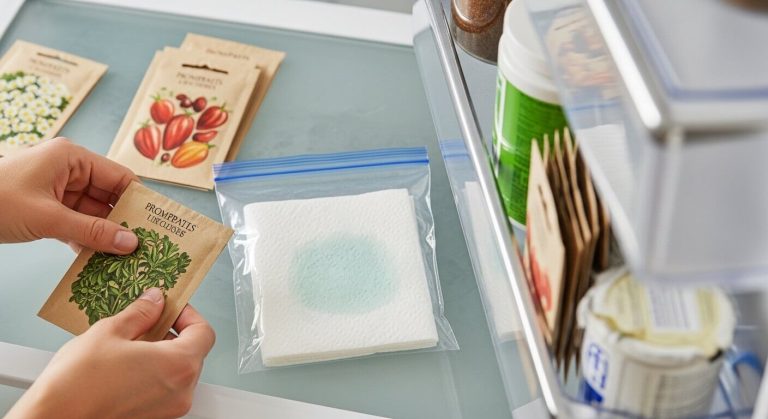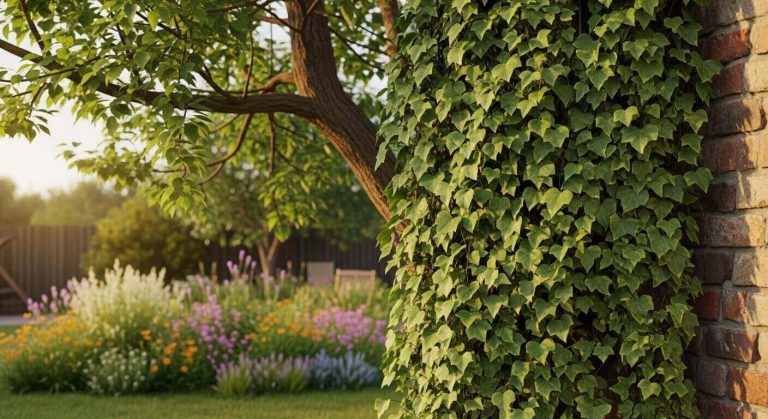26 Gardening Terms: The Ultimate A-Z Gardening Glossary for Beginners
Introduction
Ever feel like gardening pros are speaking another language? You’re not alone! Welcome to Backyard Botany: A-Z Gardening Glossary for Beginners, your go-to guide to decoding the mysterious world of garden vocabulary. Whether you’re just planting your first seeds or have a few potted plants on your patio, this glossary will help you feel like a true green thumb in no time. Let’s dig in—literally!
A – Amendments
Amendments are like multivitamins for your soil. These are substances (like compost, manure, or lime) added to improve soil quality.
Why It Matters:
- Enhances soil texture and drainage.
- Boosts nutrient levels for healthy plant growth.
- Improves water retention (especially useful for sandy soils).
👉 Pro Tip: You can grab Organic Compost on Amazon to kickstart your soil’s health.
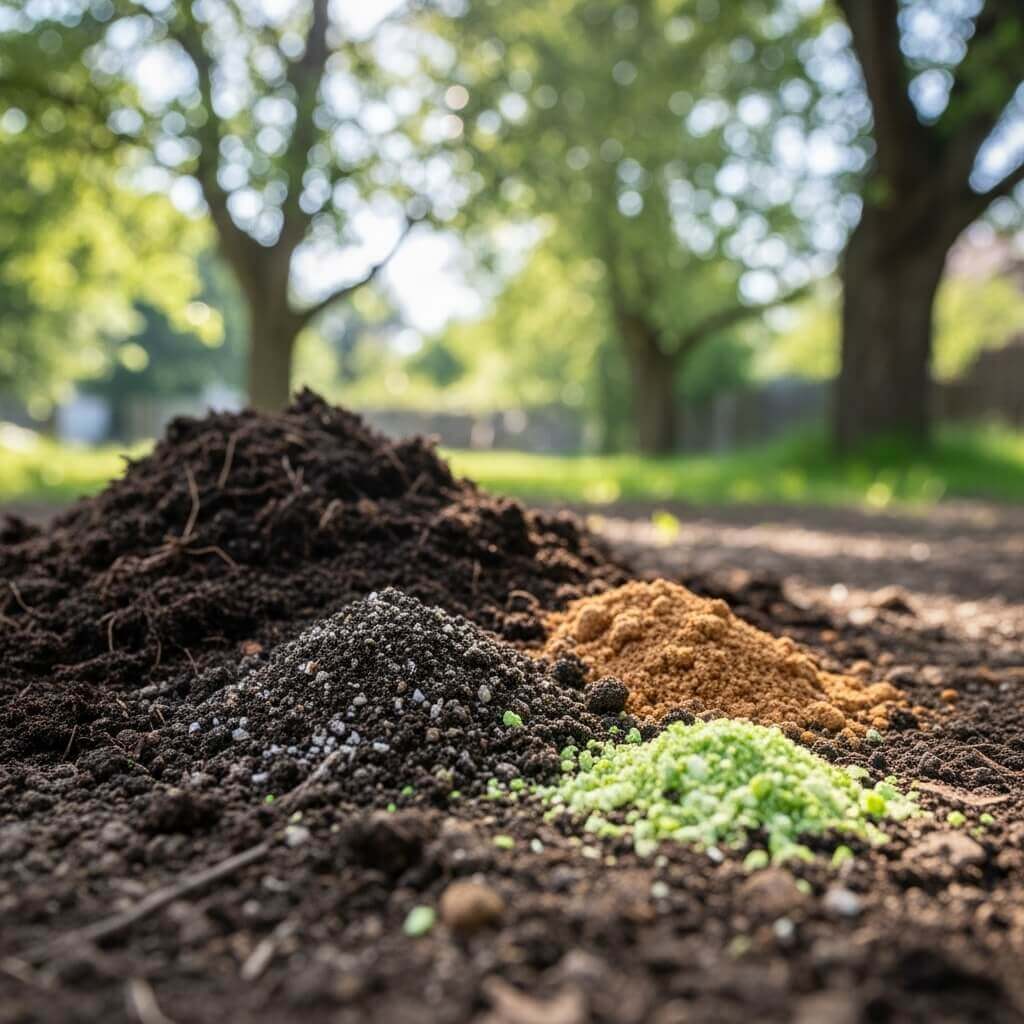
B – Bulbs
Bulbs are underground storage organs that grow into plants. Think tulips and daffodils—yep, they start from bulbs!
Quick Facts:
- Plant in fall for spring blooms.
- Most prefer well-drained soil.
- Can survive winter underground.
📚 Read more about red flowering bulbs in our post on Red Flowers to Grow.
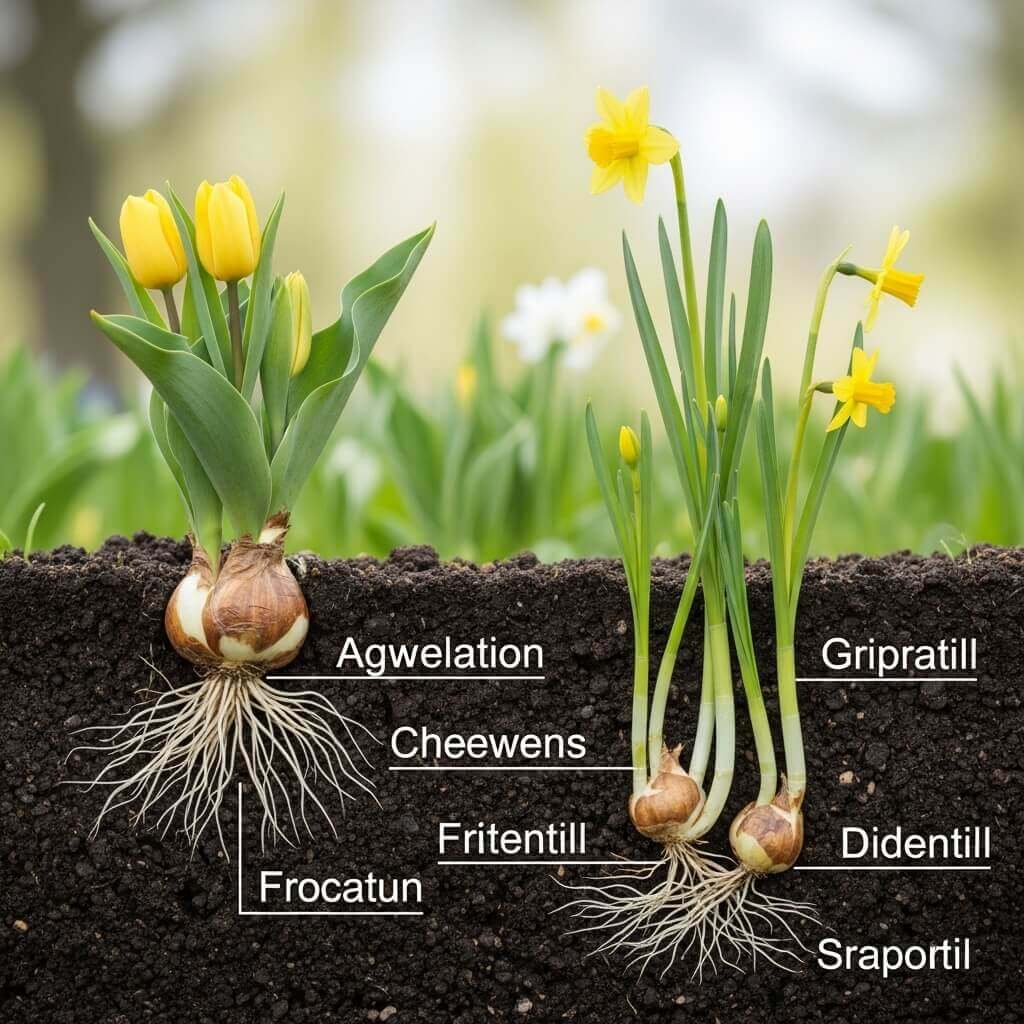
C – Compost
Compost is decomposed organic matter. It’s what happens when your banana peels and grass clippings have a party and turn into gold—for your garden.
Why Gardeners Love It:
- Improves soil fertility and structure.
- Reduces landfill waste.
- Encourages beneficial microbes.
🎯 Fun fact: Composting is like dating for microbes—warm, cozy, and full of chemistry.
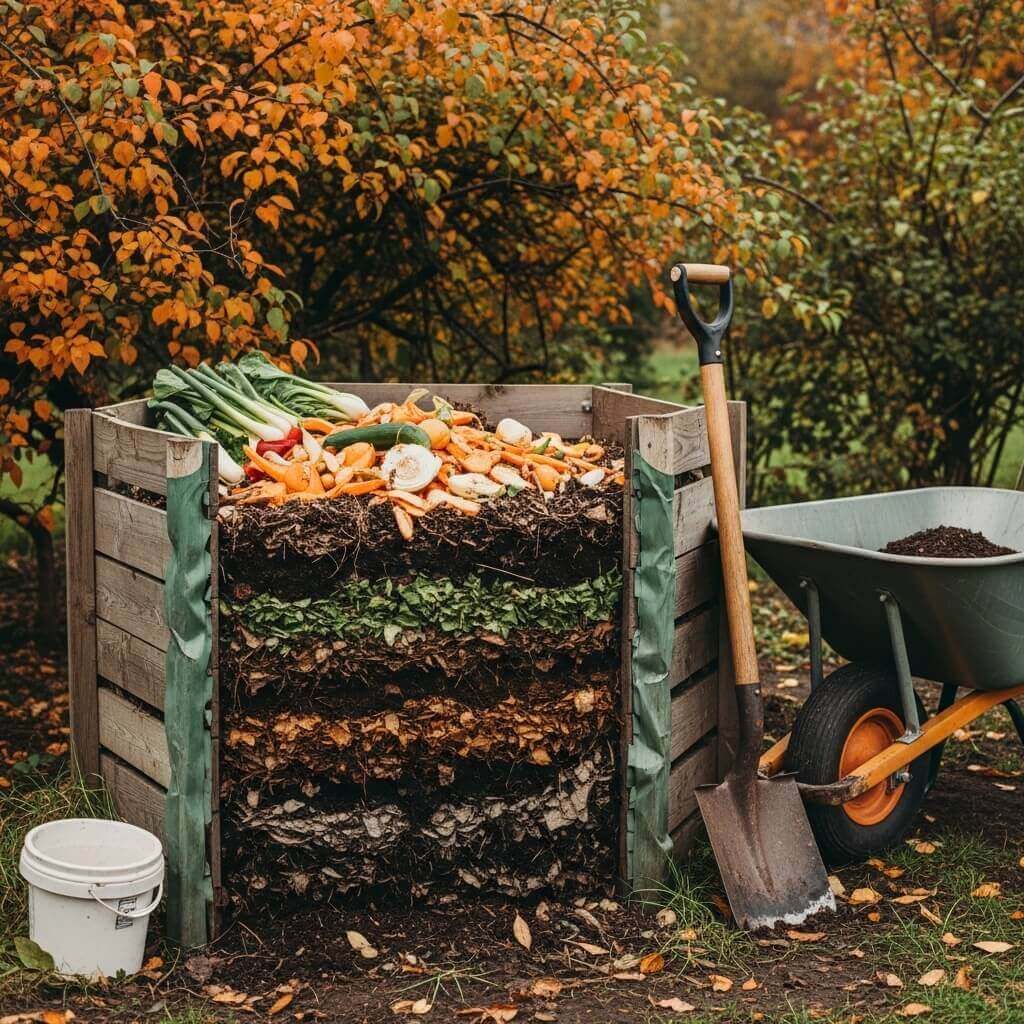
D – Deadheading
No, it’s not a rock band. Deadheading means removing faded or dead flowers.
Benefits:
- Encourages new blooms.
- Keeps plants looking tidy.
- Prevents seed formation in some species.
💡 Think of it as giving your plant a haircut. It grows back happier!
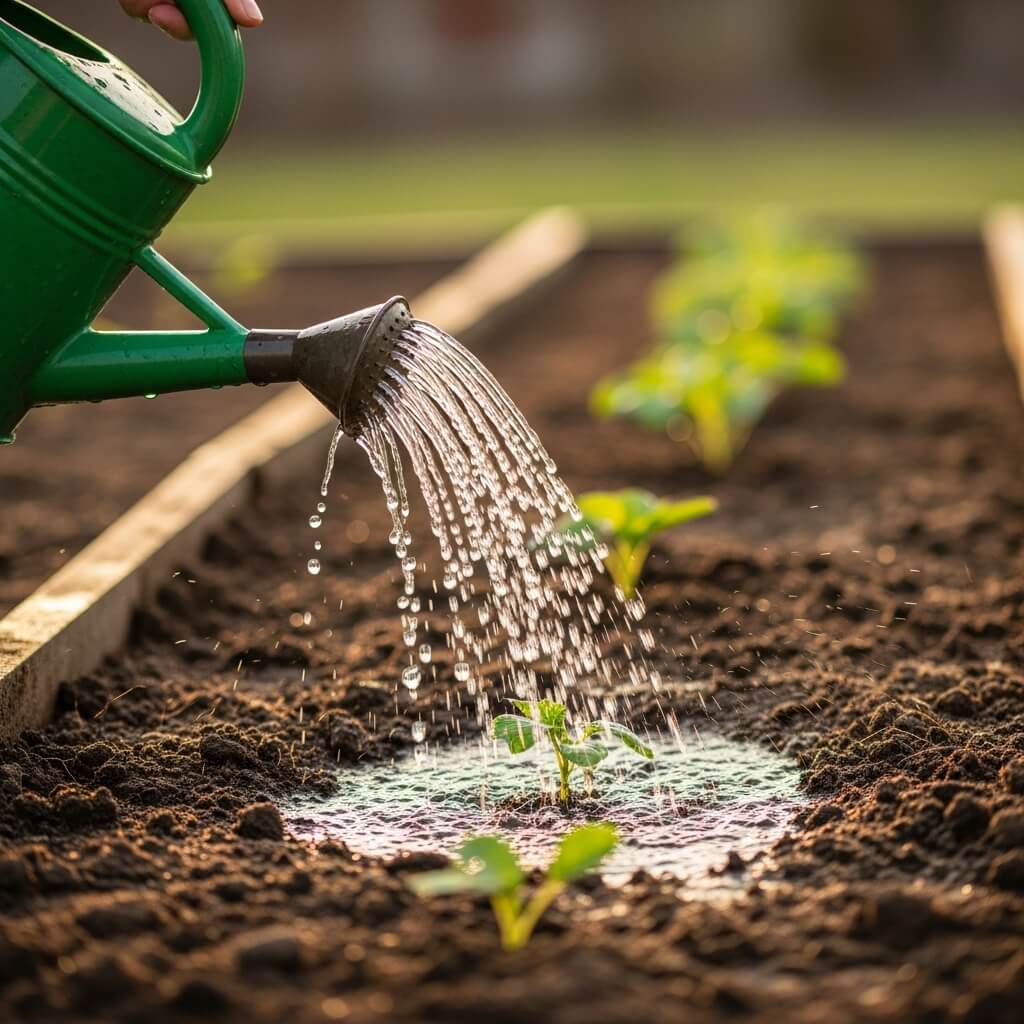
E – Edging
Edging defines the borders of your garden beds, usually with bricks, stones, or plants.
Why Bother?
- Gives a neat, professional look.
- Prevents grass invasion.
- Helps retain mulch.
🌟 It’s the garden’s version of eyeliner. Subtle, but sharp!
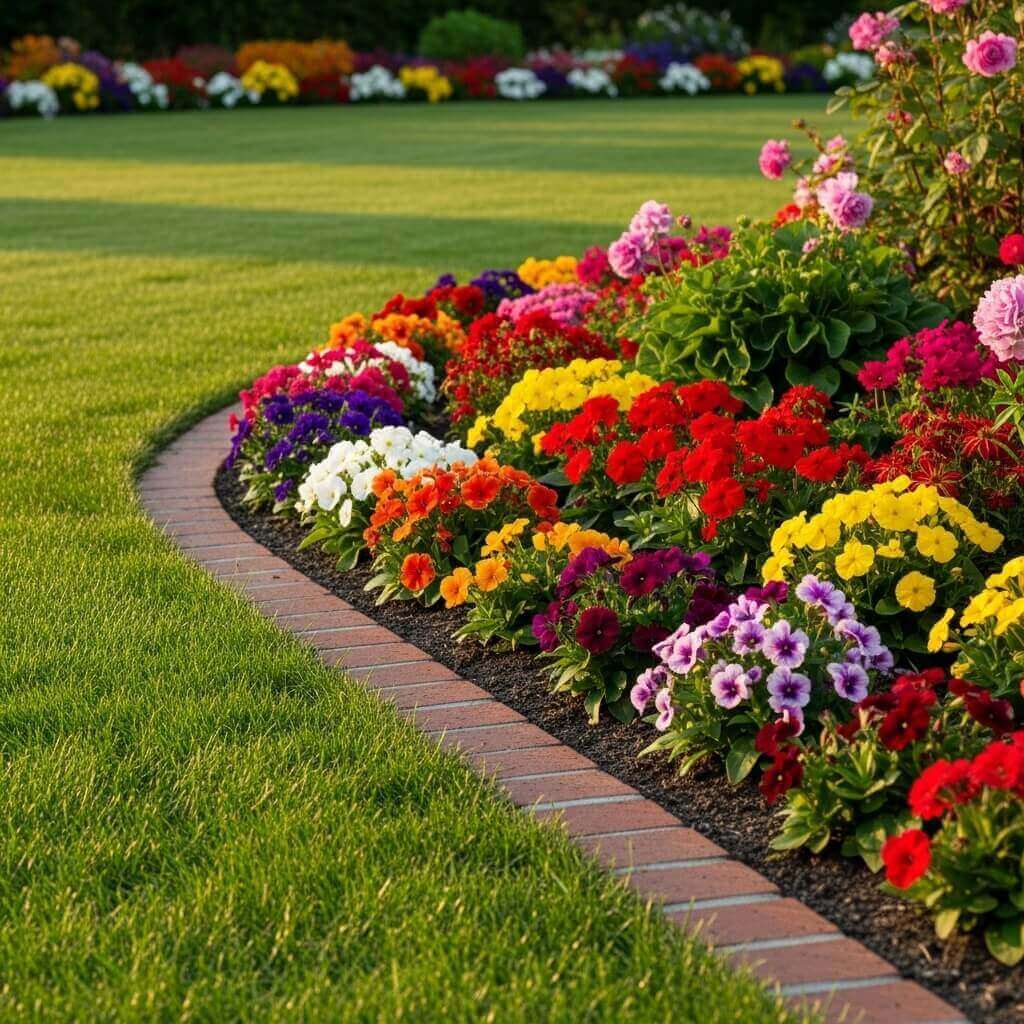
F – Fertilizer
Fertilizer is food for plants—nutrients delivered directly to their roots.
Types:
- Organic (manure, bone meal)
- Synthetic (store-bought mixes)
🛒 Need a boost? Try All-Purpose Plant Food.
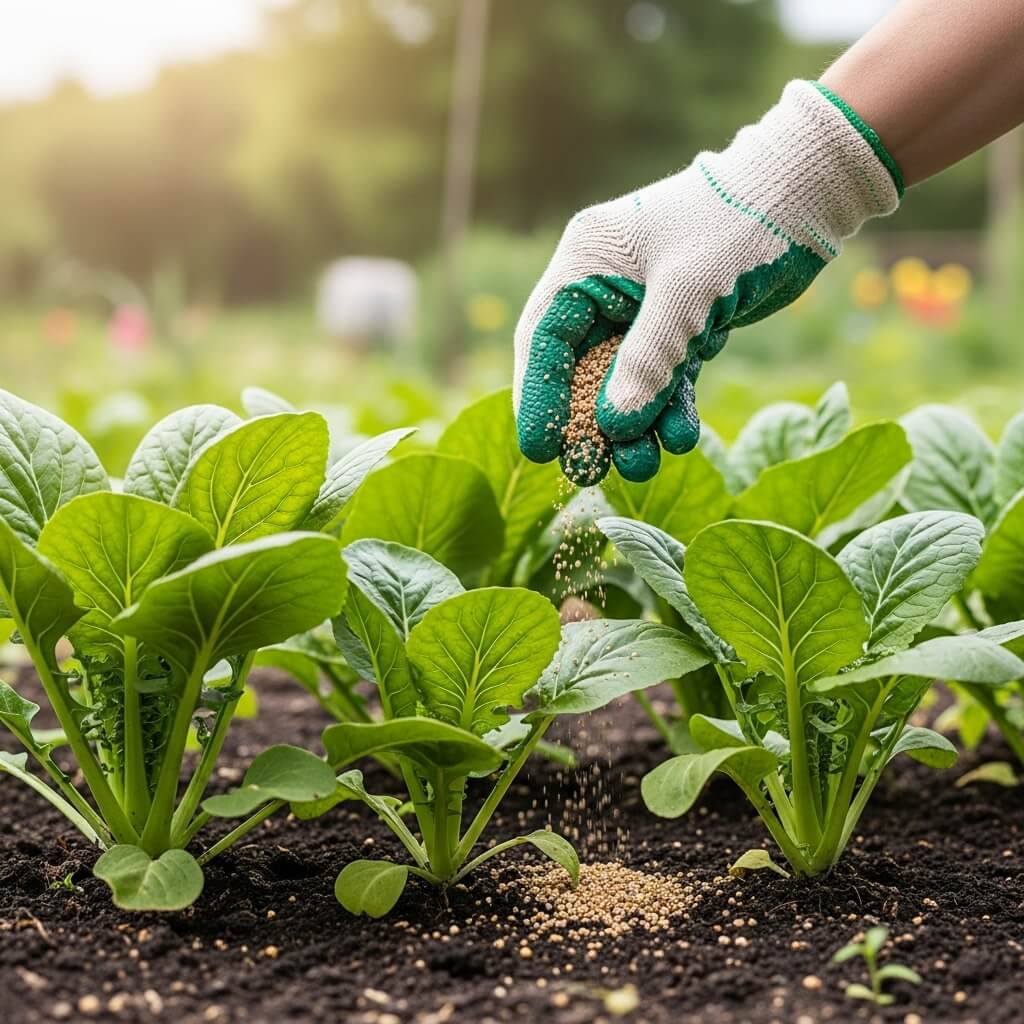
G – Germination
Germination is the process where a seed wakes up and starts growing.
What You Should Know:
- Needs moisture, warmth, and air.
- Usually takes 3–14 days.
It’s like the morning stretch of a seedling—slow but rewarding.
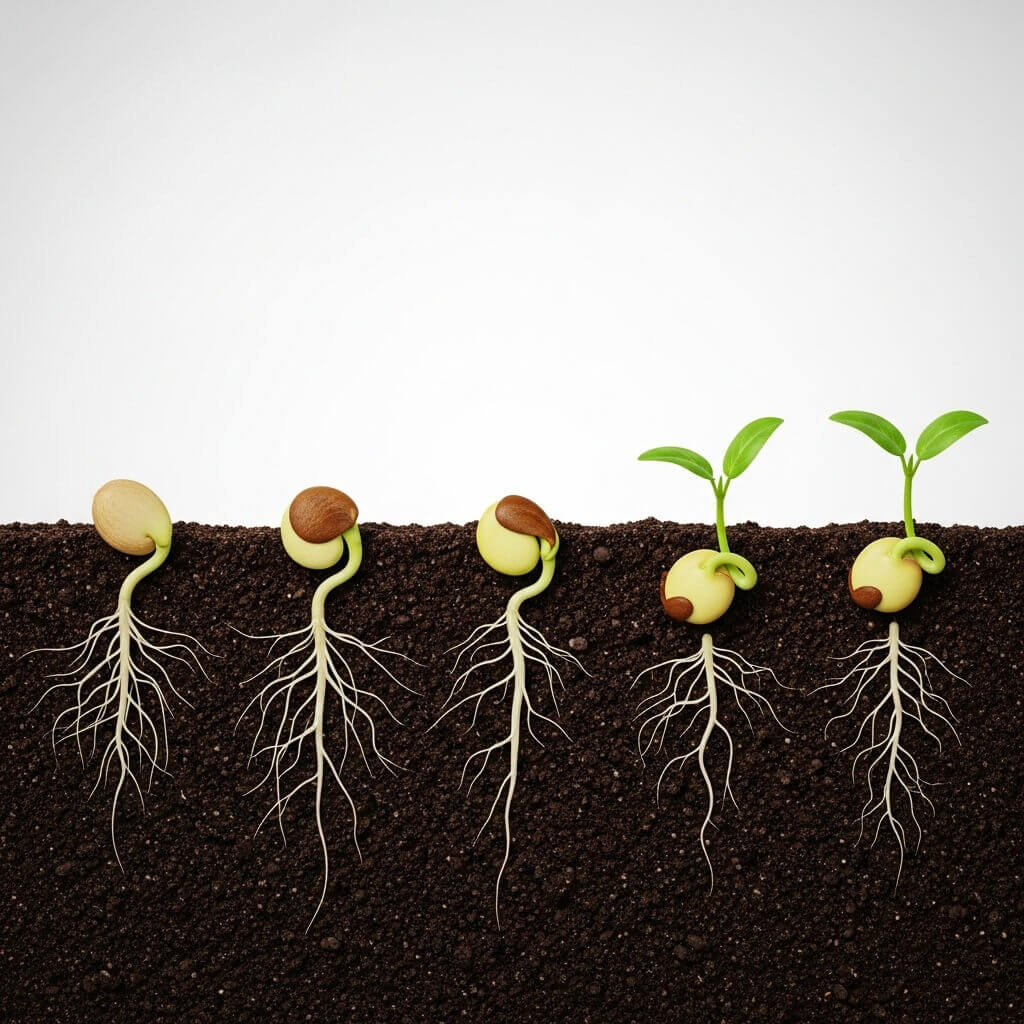
H – Hardening Off
Hardening off prepares indoor-grown plants for the great outdoors.
How To:
- Gradually expose to sunlight and wind.
- Start with 1 hour a day, then increase.
🎭 Think of it as a boot camp for baby plants.
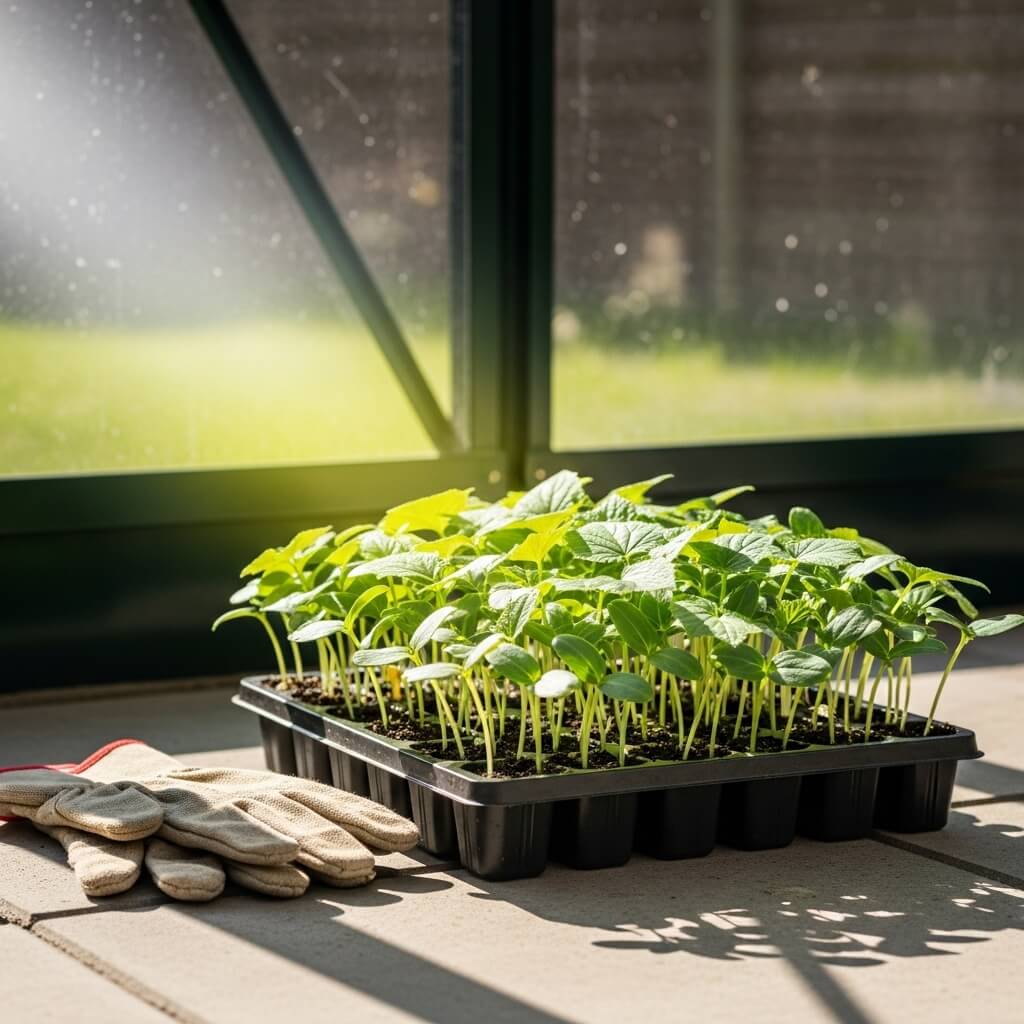
I – Invasive Species
These are plants that spread aggressively, often outcompeting native ones.
Examples:
- Kudzu
- Bamboo
🚫 These are the party crashers of your garden.
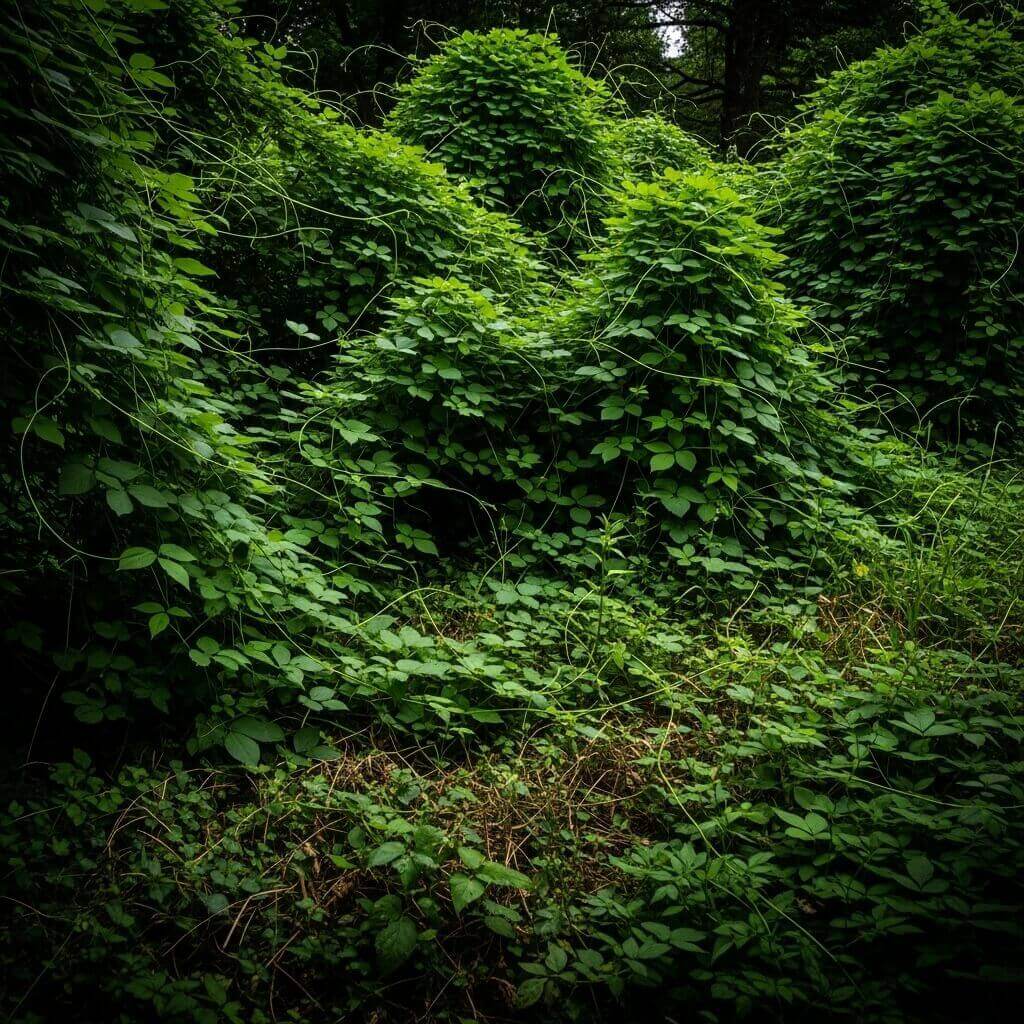
J – Joint
In botany, a joint refers to where two parts of a plant connect, like stems and leaves.
🔍 Important for pruning and propagation!
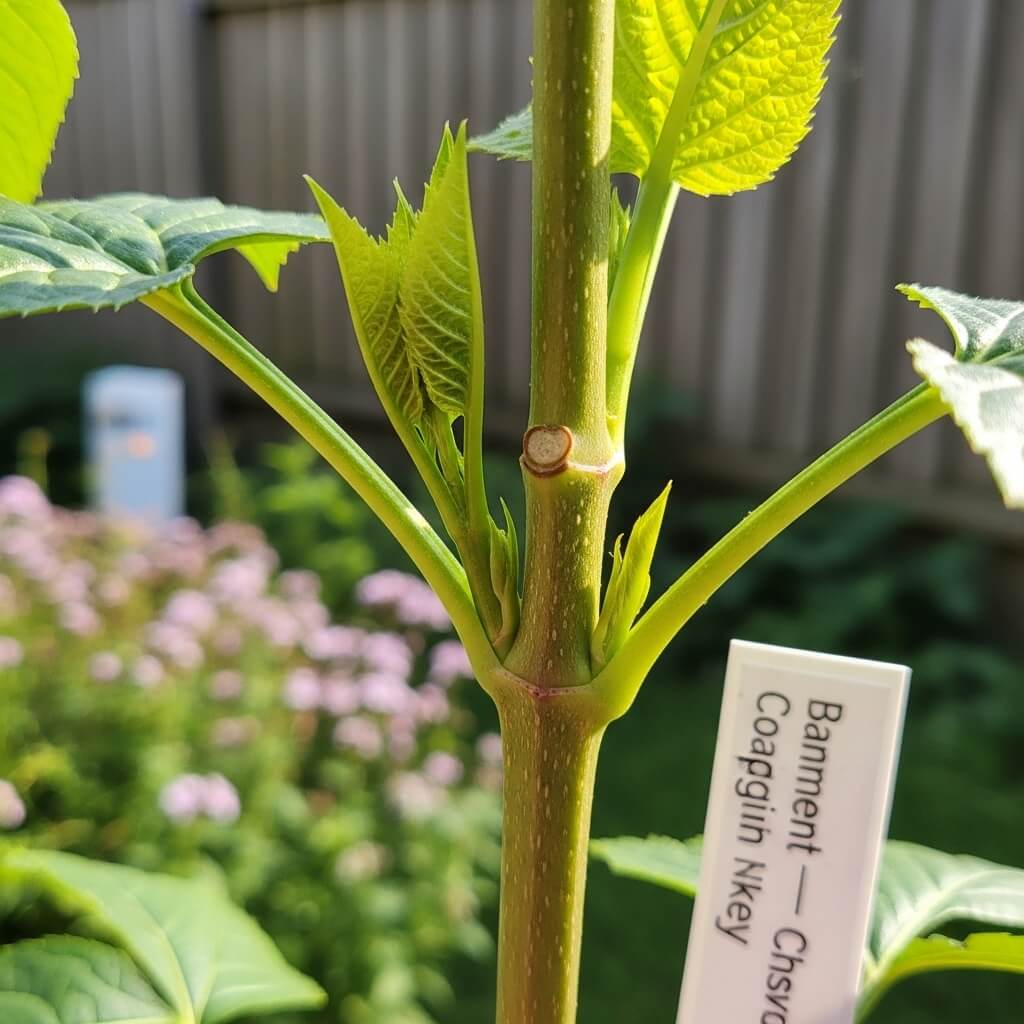
K – Kelp Meal
Kelp Meal is a type of organic fertilizer made from seaweed.
Benefits:
- Rich in trace minerals.
- Stimulates root development.
🌊 It’s like ocean power for your garden.
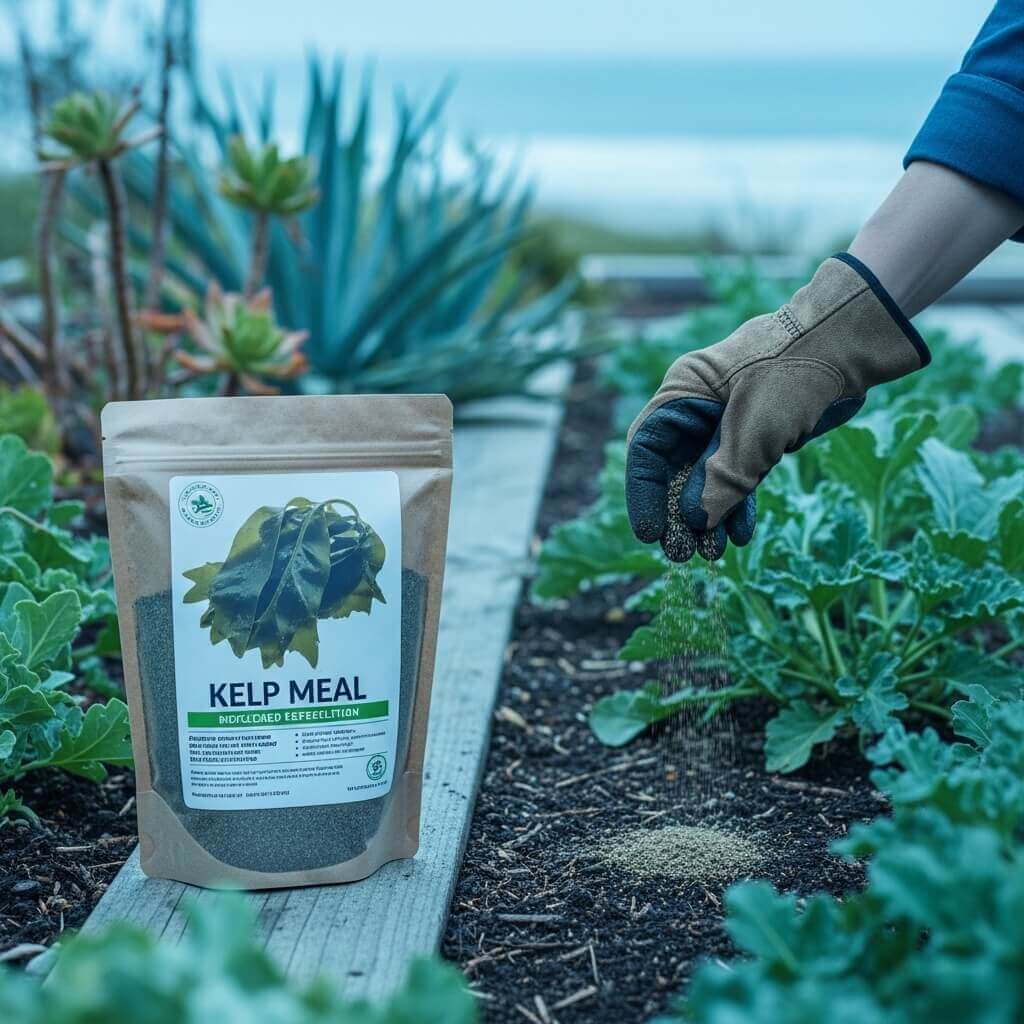
L – Loam
Loam is the goldilocks of soil—not too sandy, not too clayey.
Ideal For:
- Most vegetables and flowers
- Good drainage + water retention
🏆 The soil MVP of beginner gardening.
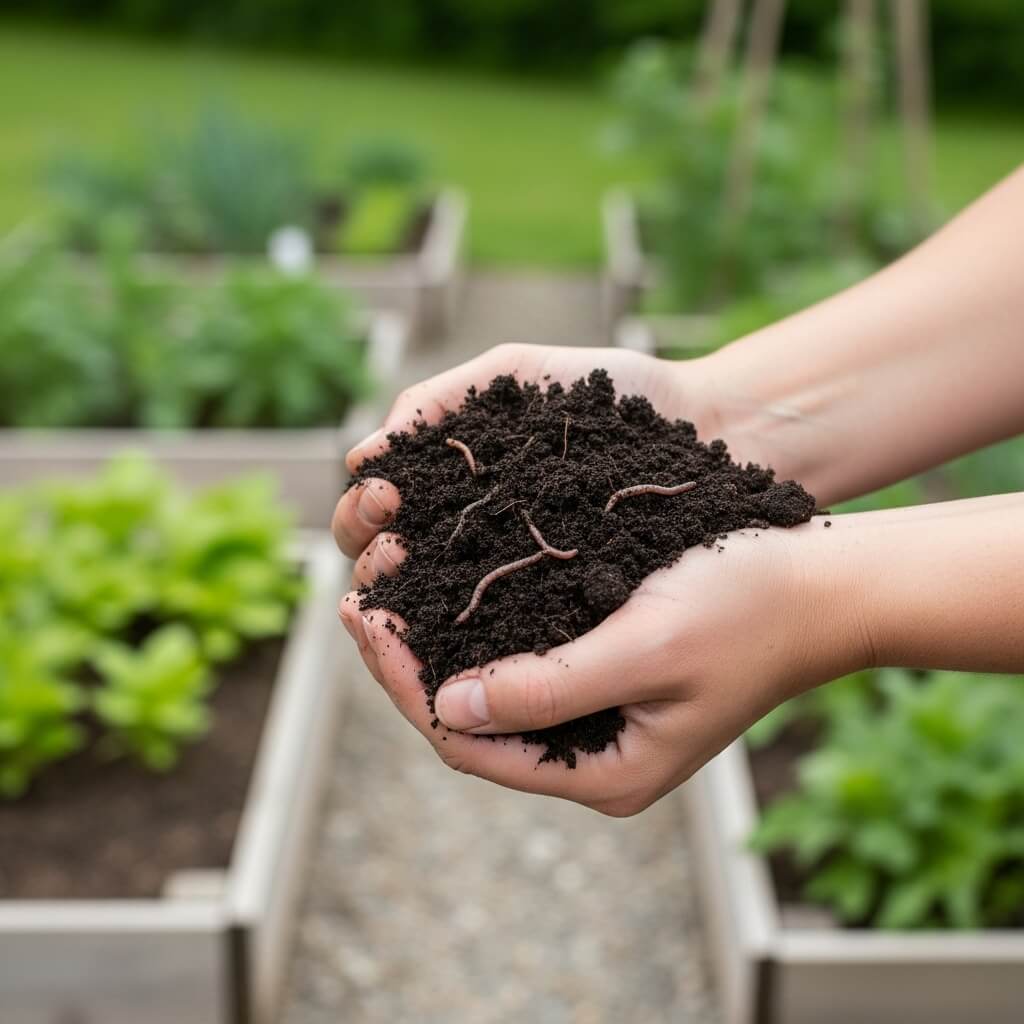
M – Mulch
Mulch is a layer of material applied to the surface of soil.
Benefits:
- Conservation of soil moisture
- Improving fertility and health of the soil
- Suppresses weeds
- Regulates soil temperature
🛍️ Check out Mulching Sheets to keep your garden cool and hydrated.
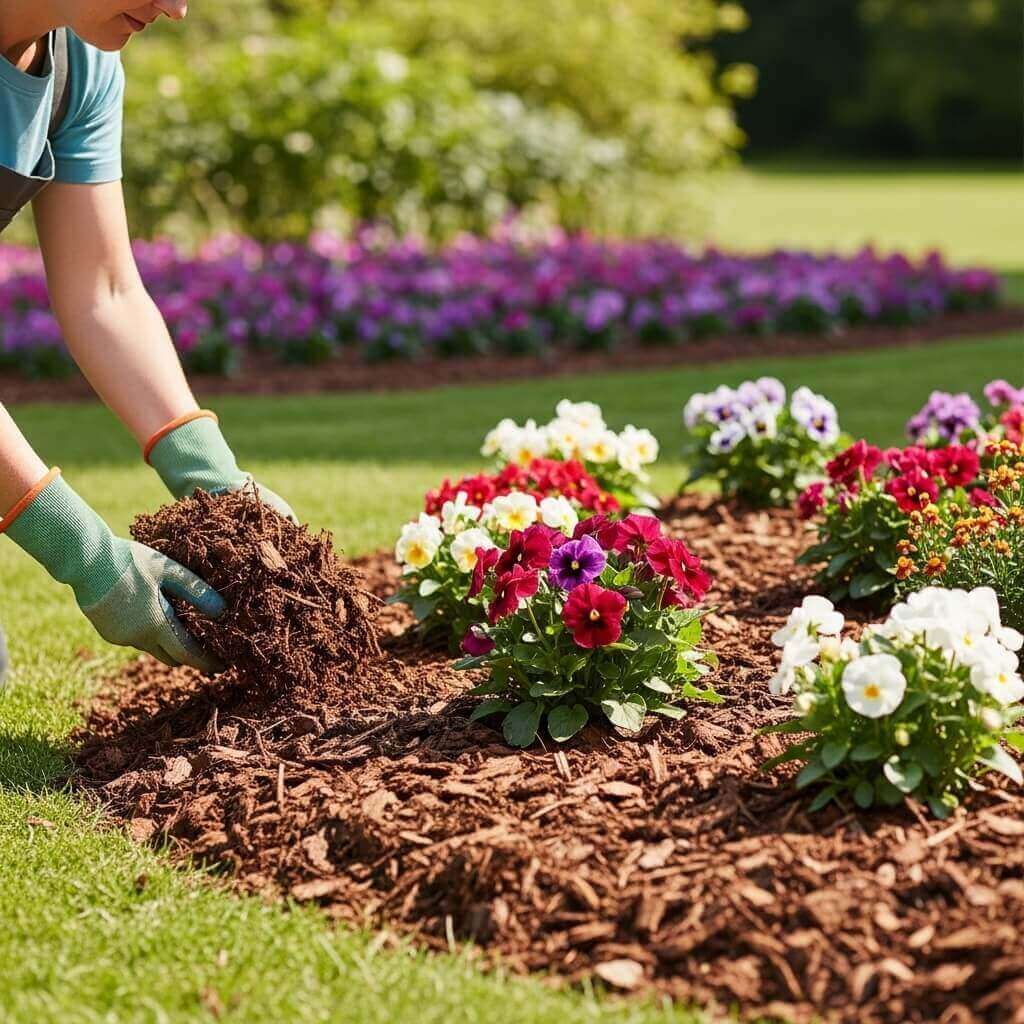
N – Nitrogen
Nitrogen is an essential nutrient for leafy growth.
💚 The spinach of plant nutrients: makes everything greener!
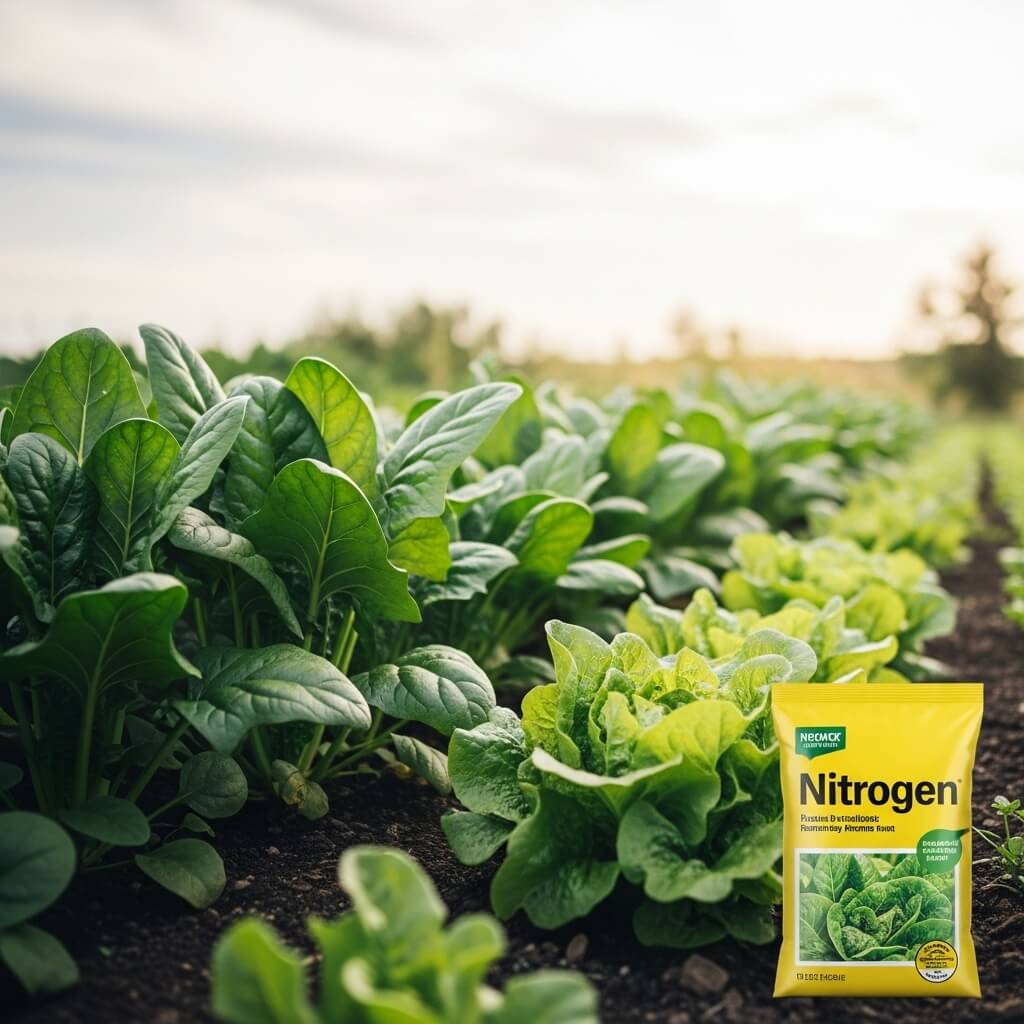
O – Organic Matter
Includes compost, manure, and decayed leaves—basically, soil candy.
Why It Rocks:
- Boosts fertility
- Encourages microorganisms
🍂 It’s like protein bars for your soil.
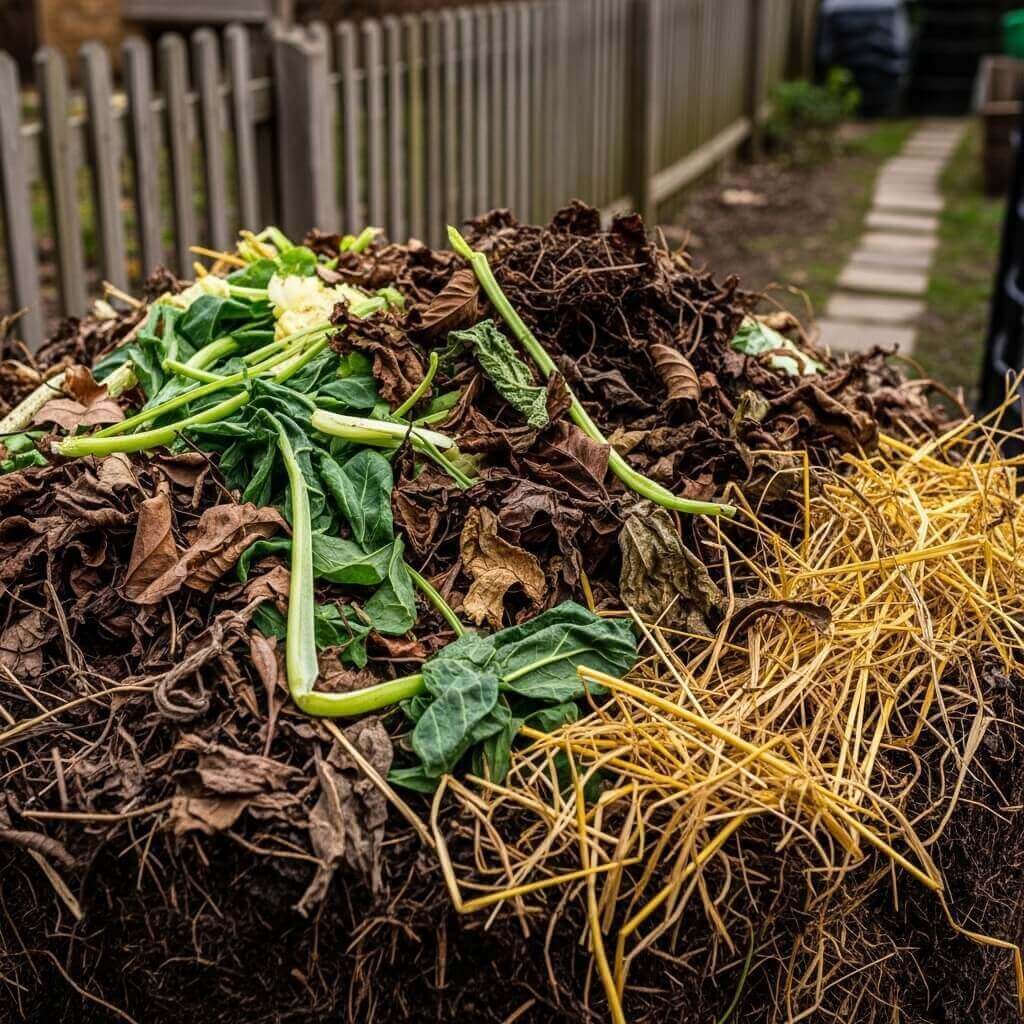
P – Pruning
Pruning is cutting away dead or overgrown branches to encourage new growth.
When & Why:
- Done in early spring or after flowering.
- Helps shape plants and remove disease.
✂️ A little snip goes a long way!
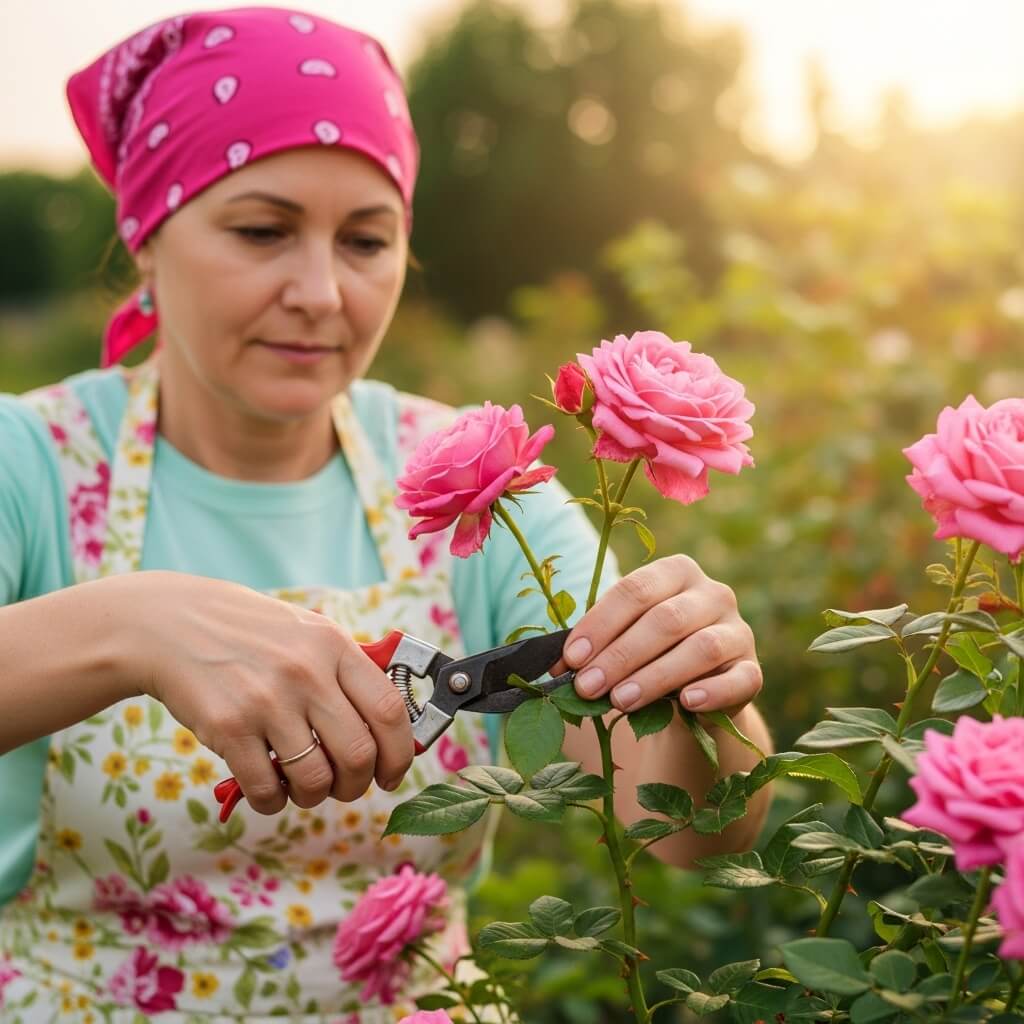
Q – Quenching
In gardening, quenching refers to watering, especially after transplanting.
💧 Every plant loves a good drink after moving.

R – Root Bound
When a plant outgrows its pot, roots circle and choke themselves.
Fix It:
- Repot to larger containers.
- Trim roots gently.
🪴 It’s like freeing Rapunzel from a really tight tower.
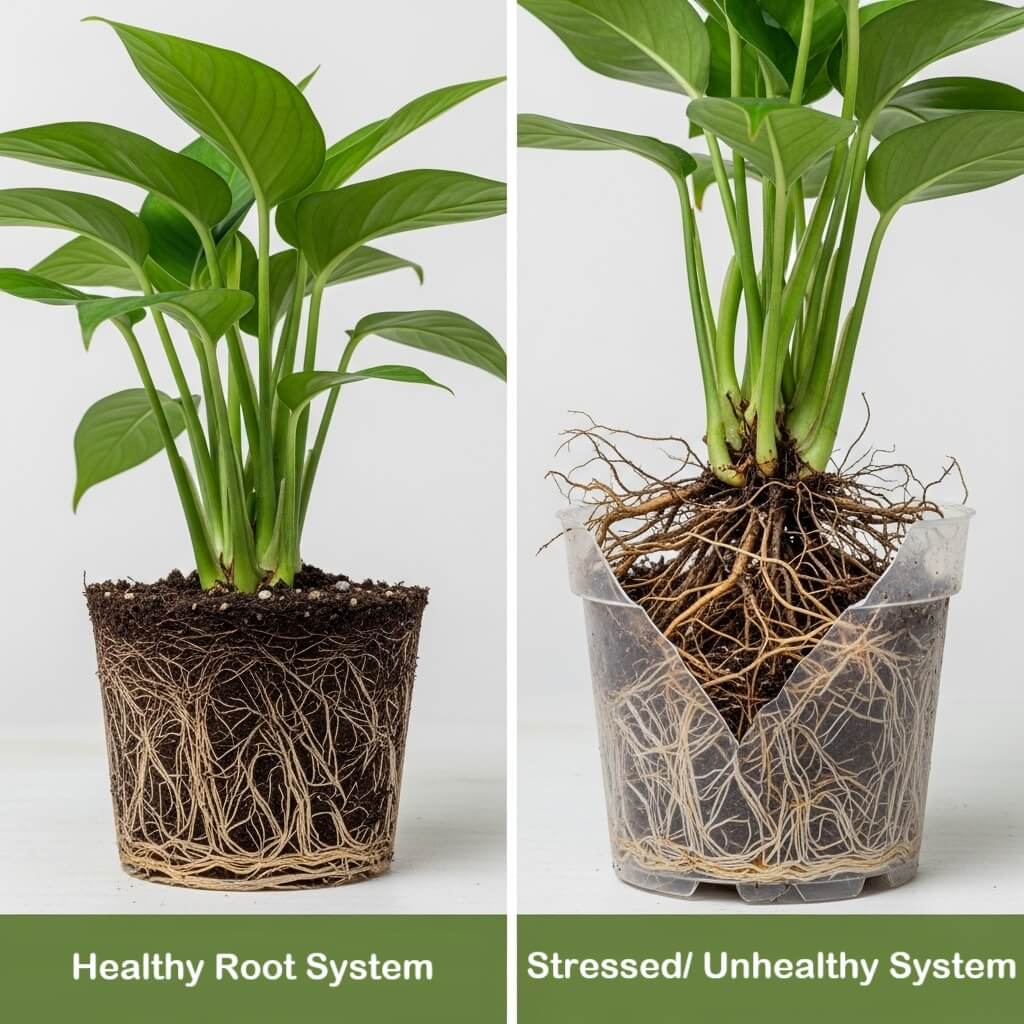
S – Soil pH
Soil pH measures acidity/alkalinity. Most plants like 6–7 (neutral-ish).
🌡️ Test kits are available on Amazon.
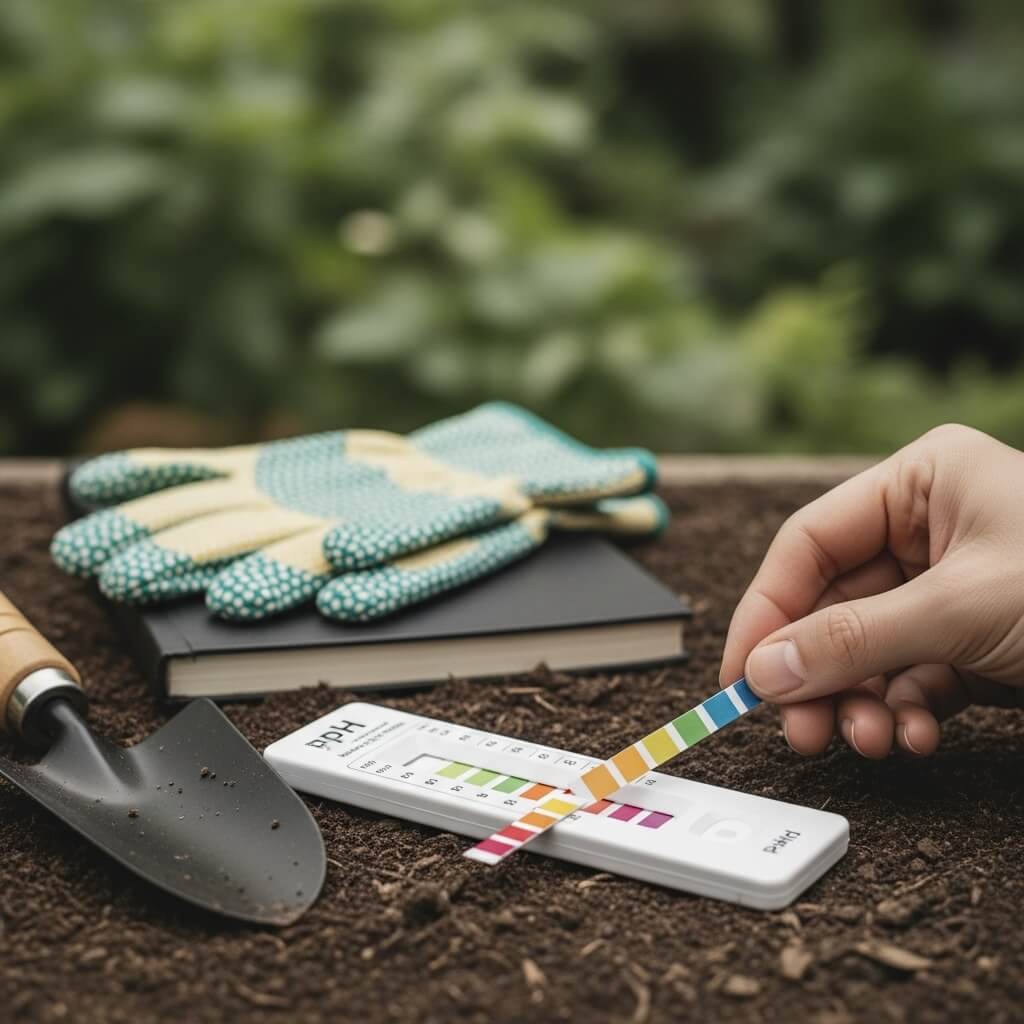
T – Transplanting
Moving a plant from one place to another.
How To Do It Right:
- Water beforehand
- Dig a wide hole
- Gently remove old soil
🏡 It’s like relocating with less drama.
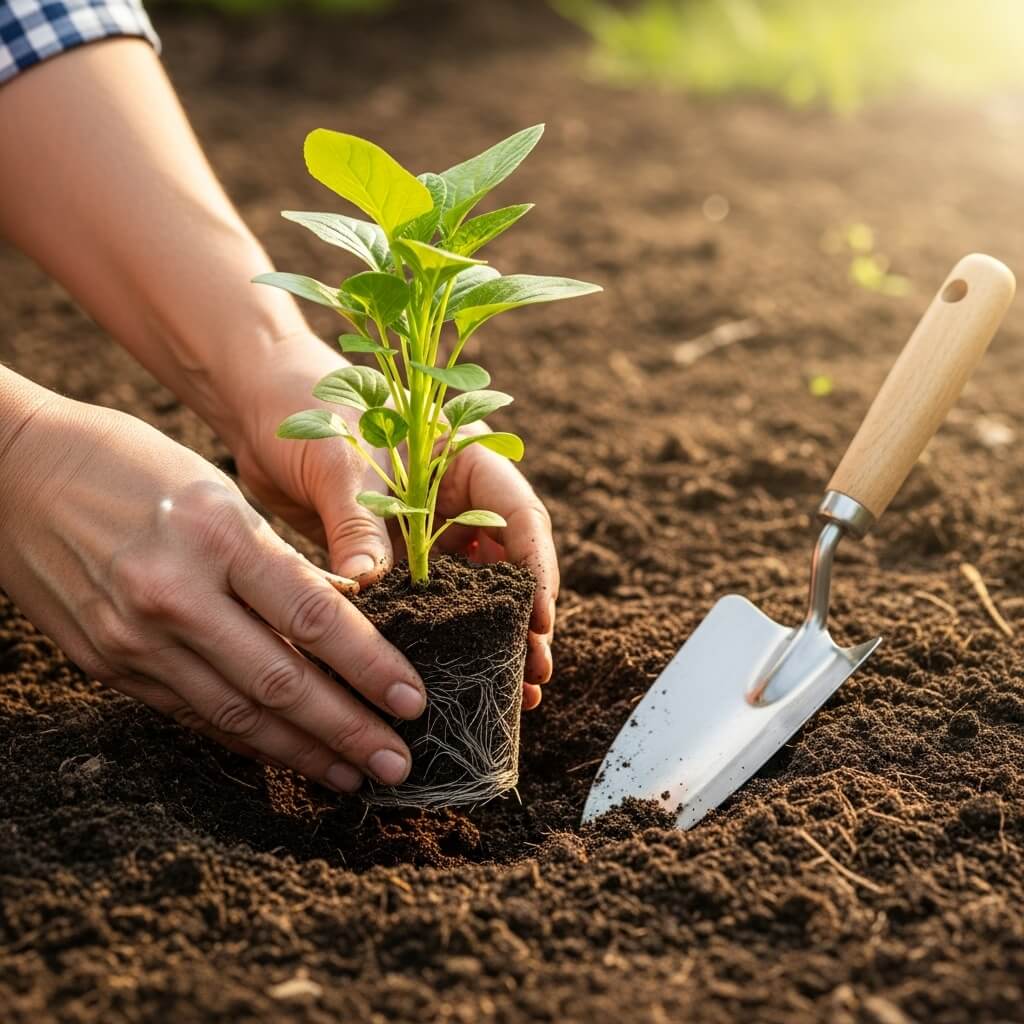
U – Underplanting
Underplanting means placing smaller plants beneath larger ones.
Purpose:
- Adds depth and texture
- Maximizes space
🌱 Great for shade-loving plants.
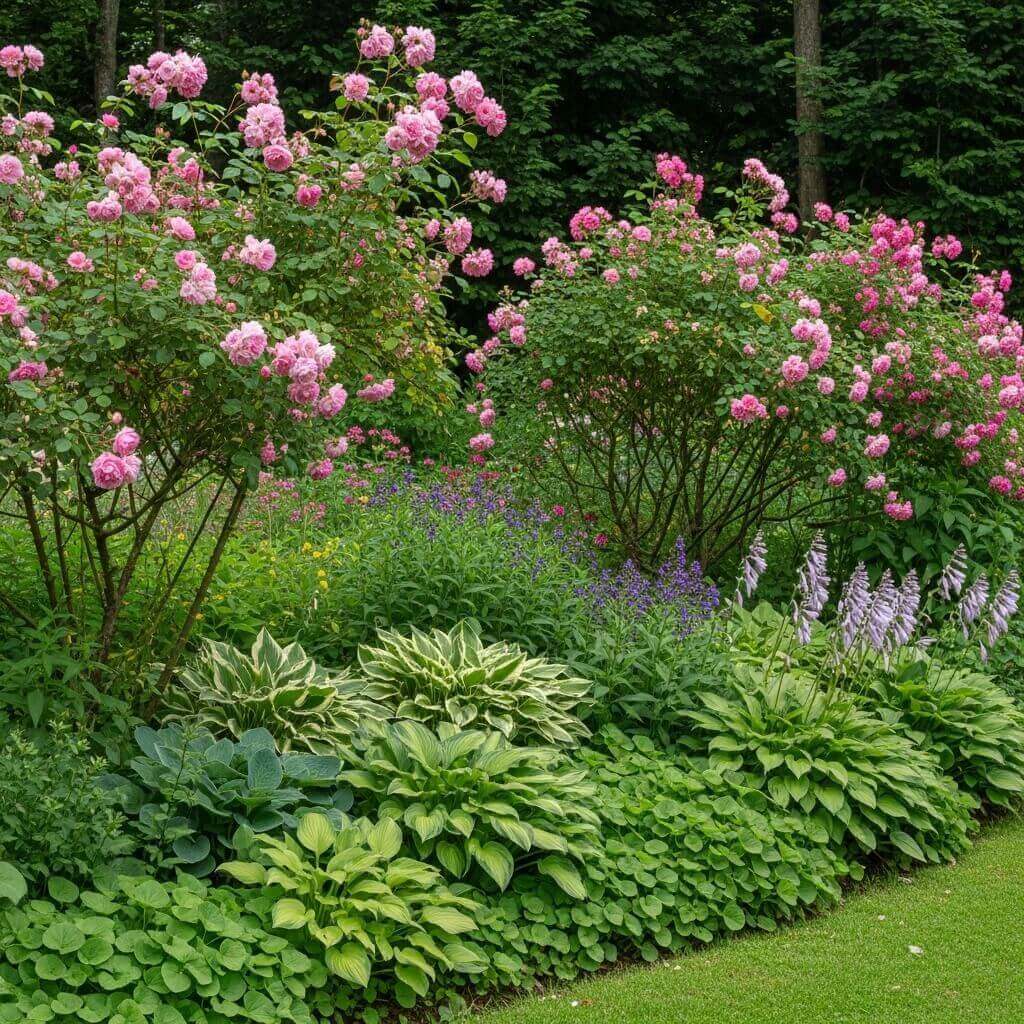
V – Vermicompost
Made by worms, vermicompost is rich, nutrient-dense compost.
🪱 Worms = the unsung heroes of soil health.
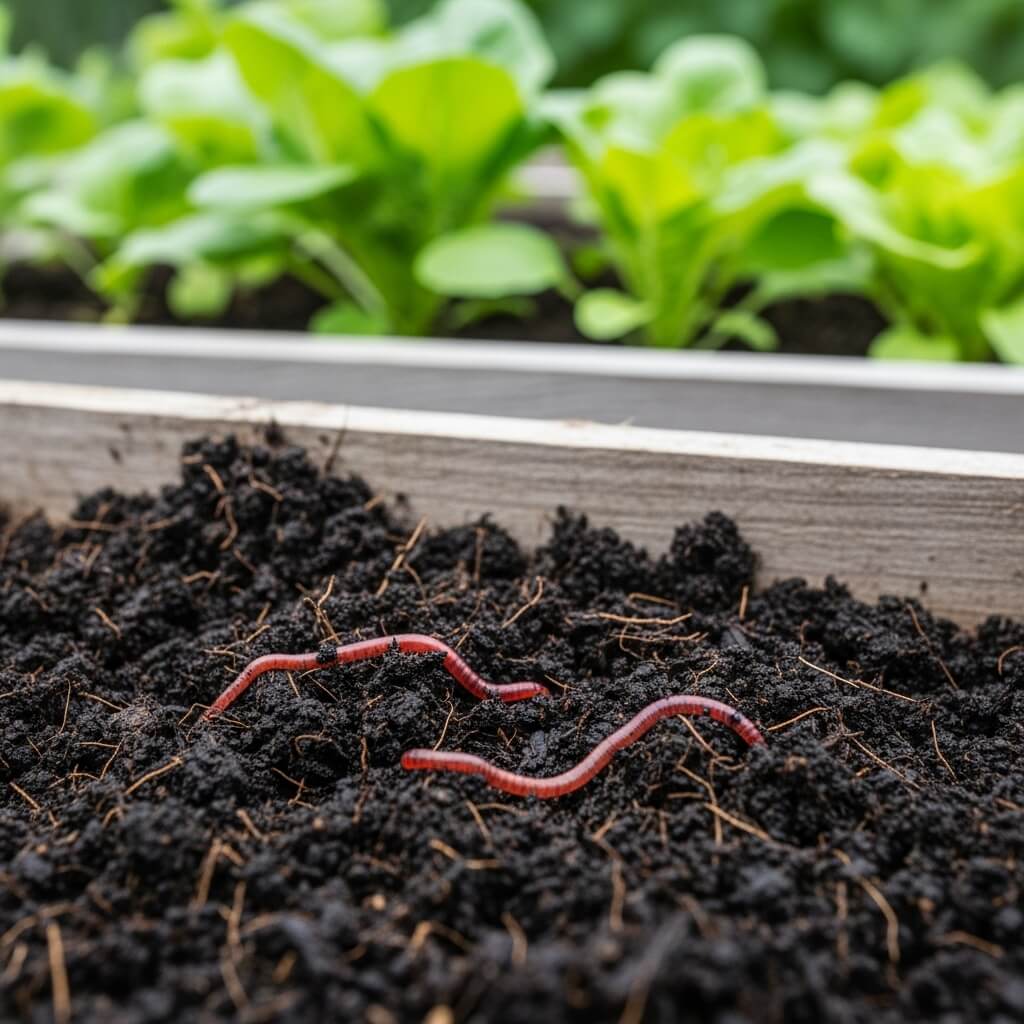
W – Watering Schedule
Every garden needs a plan. Overwatering? Bad. Underwatering? Also bad.
📆 Pro tip: Use your finger—if soil’s dry two inches down, water away.
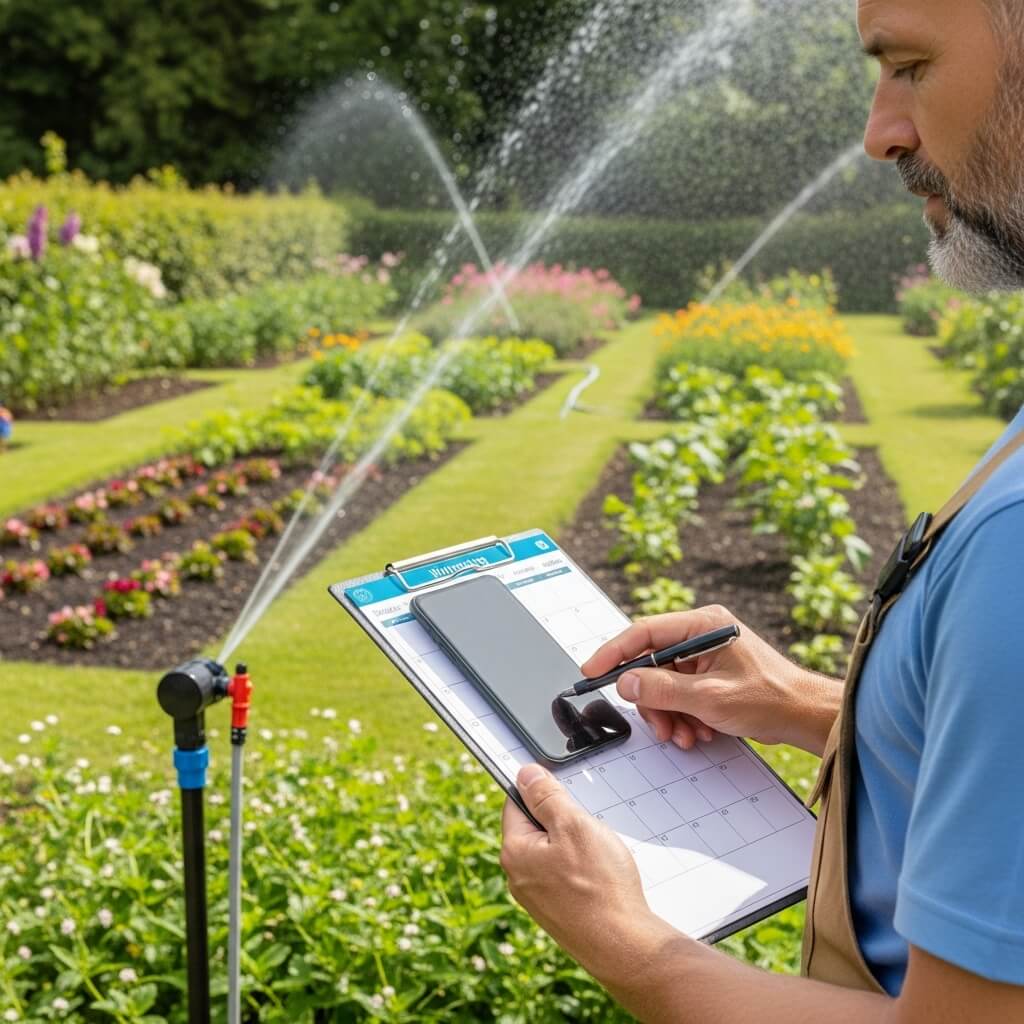
X – Xeriscaping
A landscaping method that reduces the need for watering.
🌵 Popular in dry climates. Includes cacti and drought-tolerant plants.
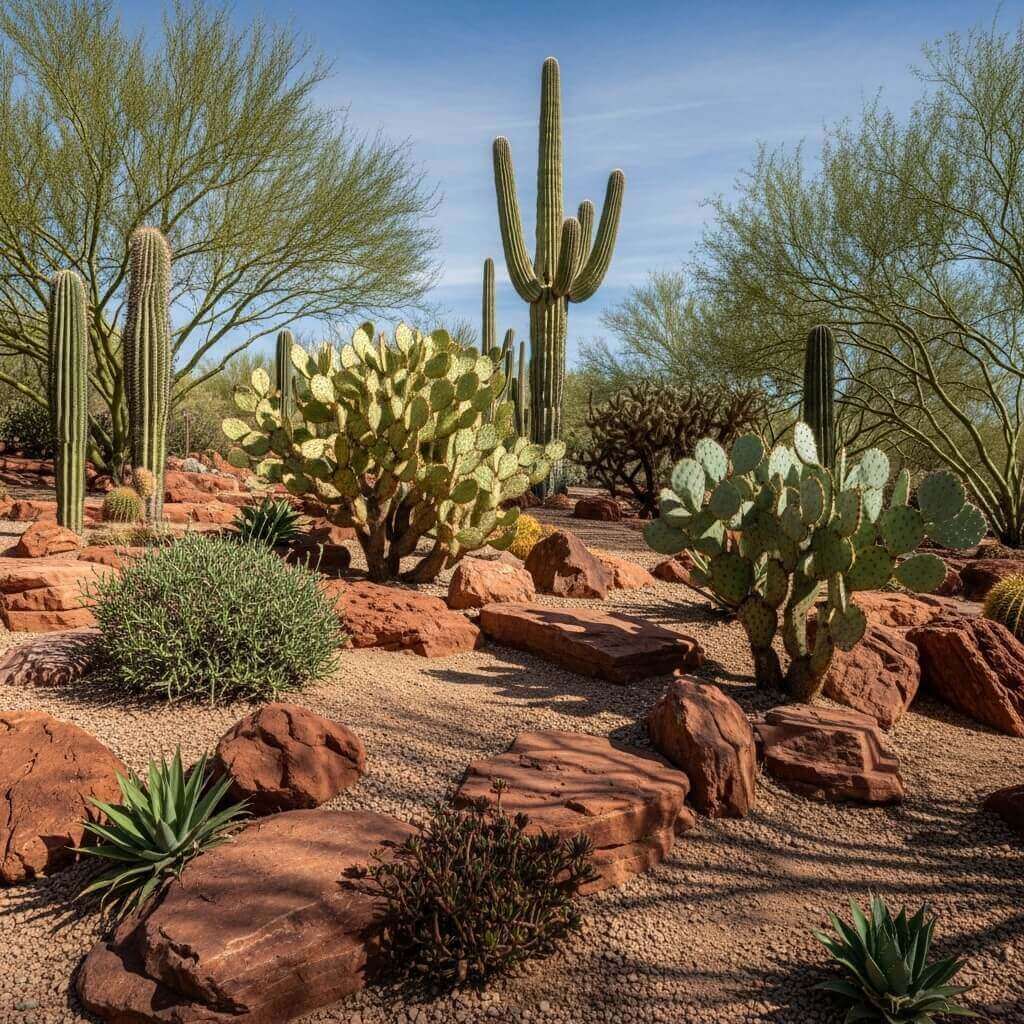
Y – Yellowing Leaves
Often a sign of overwatering, poor drainage, or lack of nutrients.
🟡 Think of it as your plant waving a yellow flag.
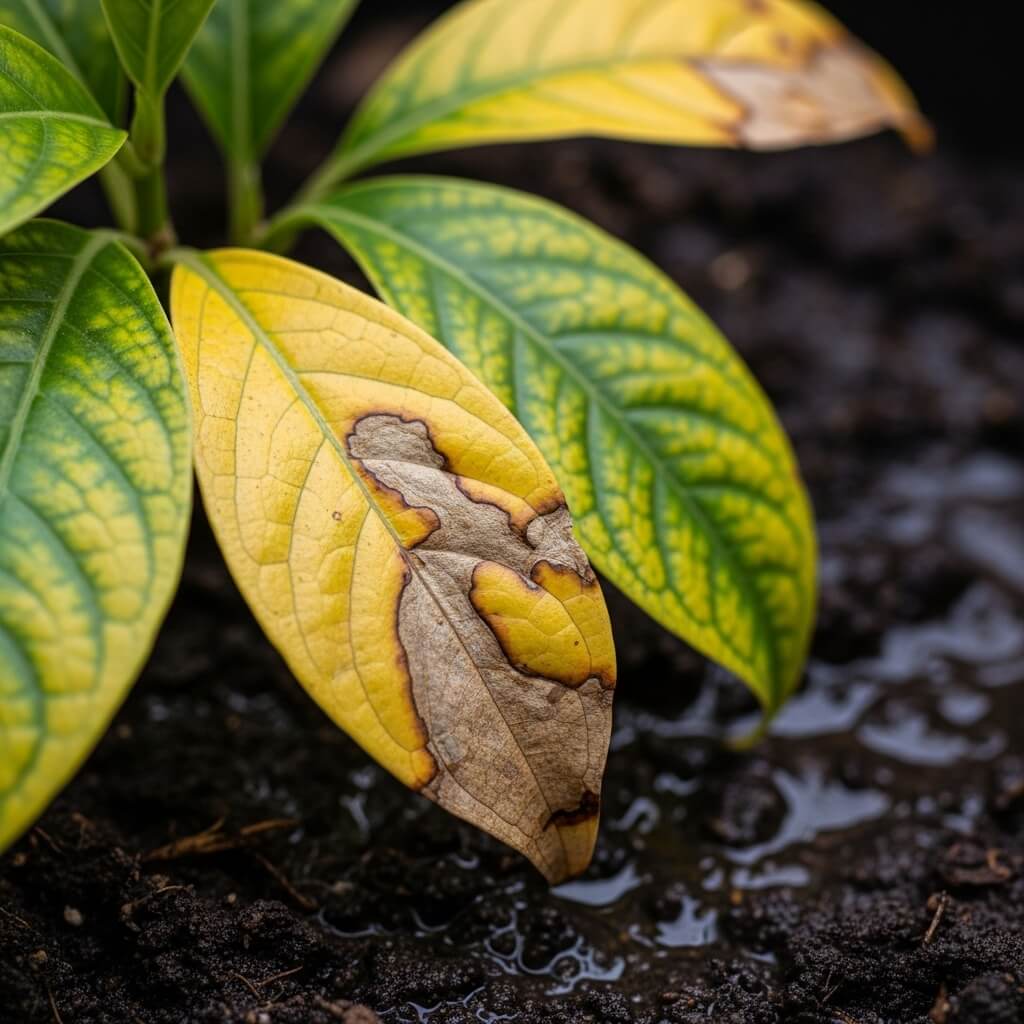
Z – Zones (USDA Zones)
Tells you what plants grow best in your climate.
🌍 Example: Zone 5 = cold winters. Zone 10 = tropical paradise.
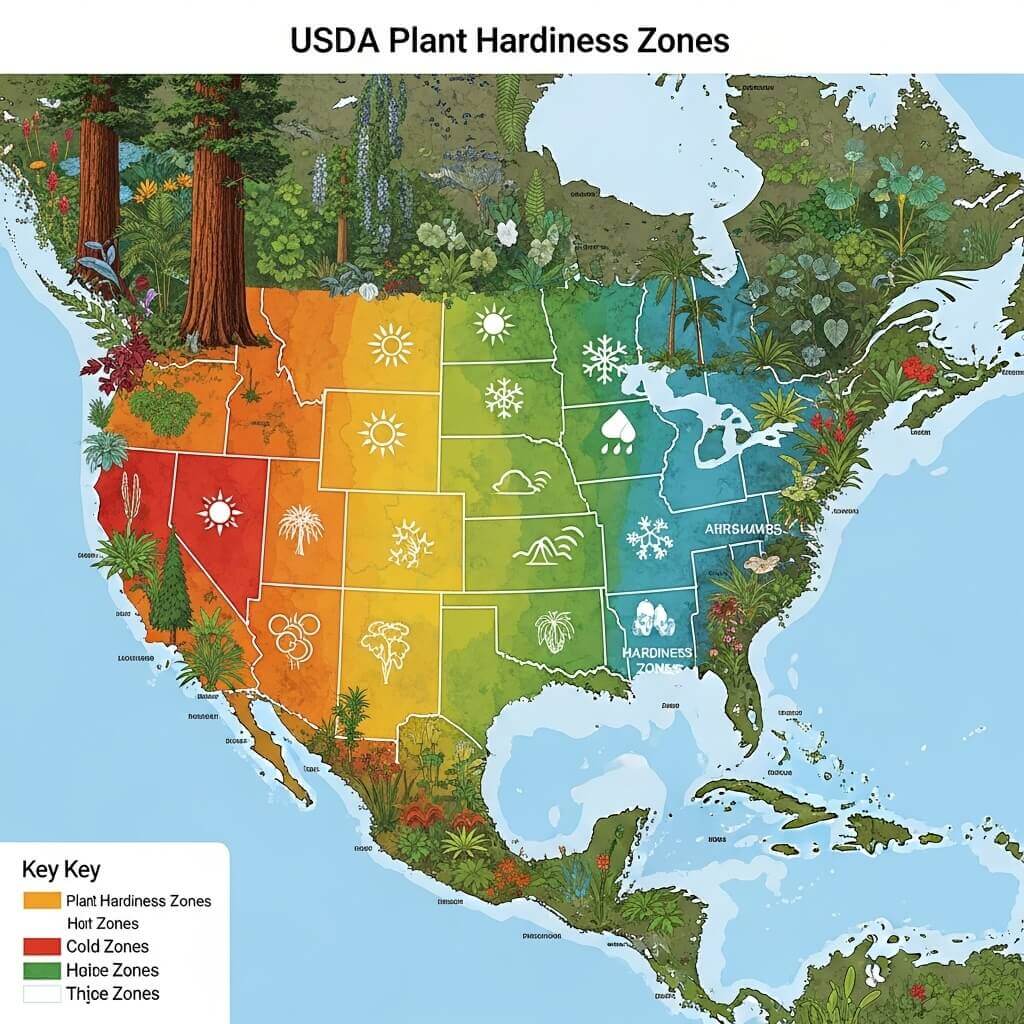
Conclusion
Whew! That was quite the garden stroll. From amendments to zones, this beginner gardening glossary hopefully cleared up the fog around some confusing gardening terms. Remember, every plant has a story—and now, you know how to read it.
So go ahead, get your hands dirty, and speak fluent plant. Bookmark this page for the next time you’re wondering whether “deadheading” means gardening or joining a rock band!
Ready to dig deeper? Explore more about growing vibrant blooms in our Flowering Guides.
